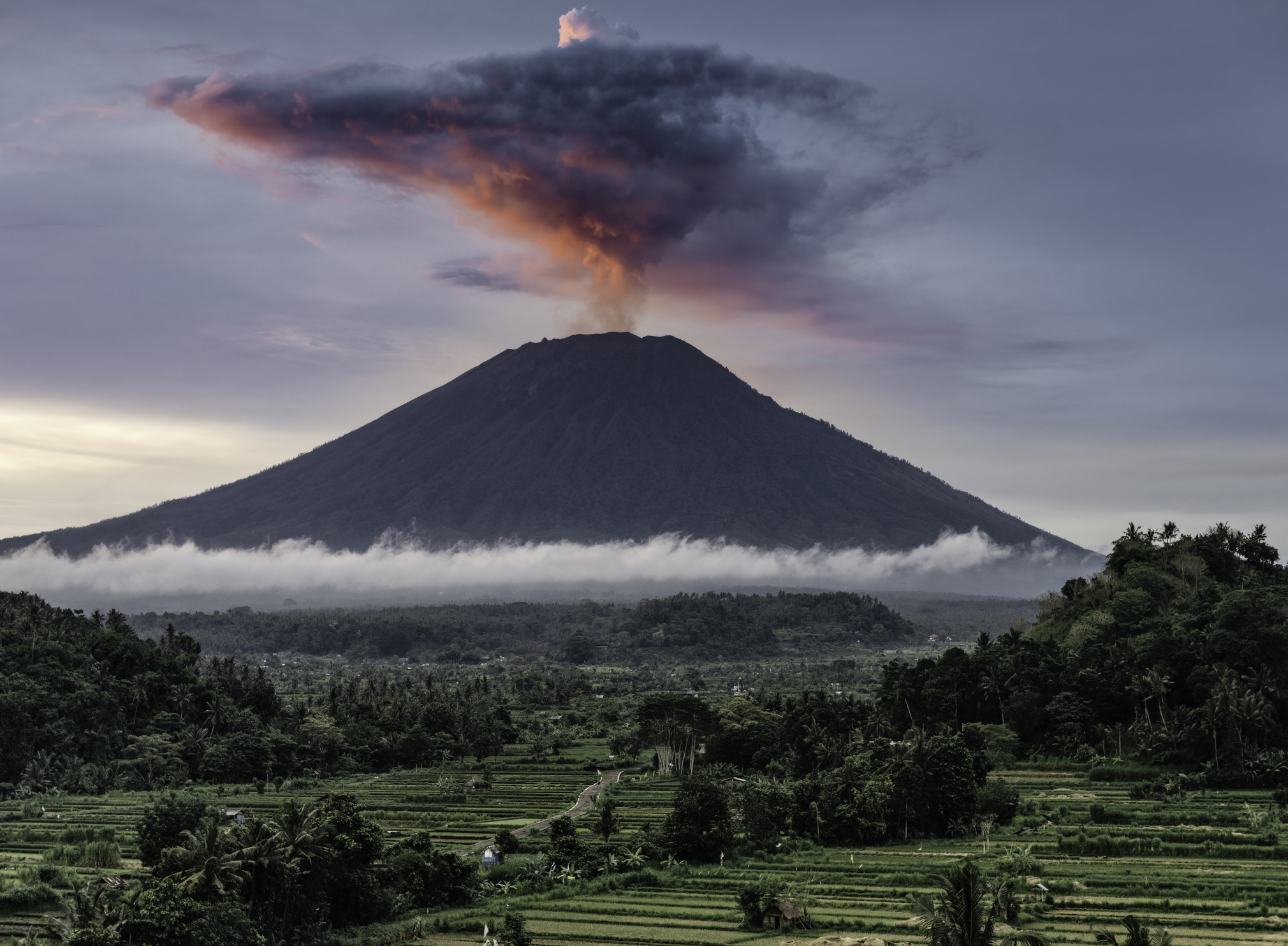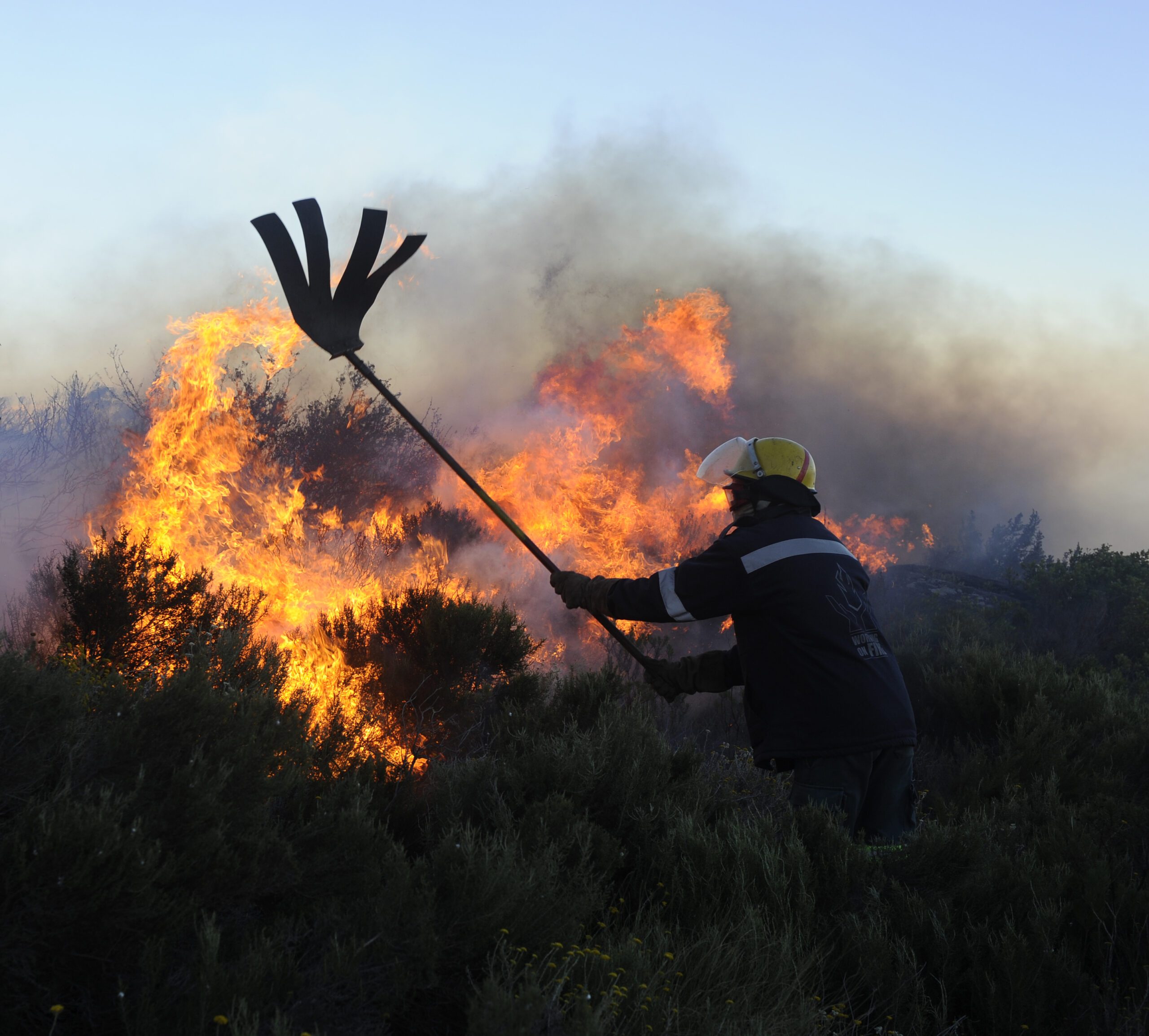
Cape Town, South Africa. 2 December 2014. A firefighter attempts to extinguish a bush fire on Signal Hill.
SRM360 Guide
¿Por qué se está planteando el uso de SRM?
Científicos y expertos en políticas de todo el mundo están estudiando si los métodos de reflexión de la luz solar (SRM, por sus siglas en inglés) —también conocidos como geoingeniería solar— podrían formar parte del conjunto de herramientas para hacer frente al cambio climático. Pero este trabajo es controvertido y sus posibles consecuencias suscitan honda preocupación. ¿Por qué se recurre a una idea tan drástica? ¿Podría servir de ayuda? ¿Cuáles son los retos?
La crisis climática
Aunque se están logrando avances en la lucha contra el cambio climático, el mundo aún no va por buen camino para cumplir sus metas climáticas.
Alrededor de 2 billones de USD —aproximadamente el 2 % del PIB mundial— se destinará a inversiones en energías limpias en 2024, casi el doble que hace una década. Se han logrado avances significativos, pero las emisiones globales de dióxido de carbono siguen aumentando.
2024 fue también el primer año natural en el que la temperatura media mundial superó en 1,5 °C los niveles preindustriales. Mantener este aumento en 2 °C —el objetivo de los acuerdos mundiales sobre el clima— podría quedar fuera de nuestro alcance en poco tiempo.
De hecho, incluso si los países del mundo cumplen sus compromisos en materia de emisiones, el mundo parece encaminado a un calentamiento de más de 2,5 °C hacia finales de siglo. Eso podría ser devastador.
Global temperature change with and without human influence
Climate models show that observed warming can only be reproduced in climate model simulations if human actions, including greenhouse gas emissions, are included.
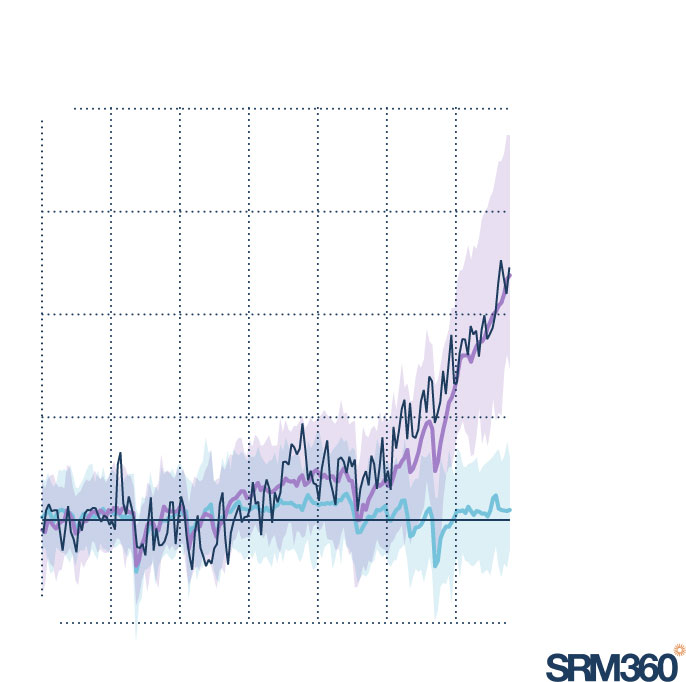
Change in global annual average temperature relative to 1850-1900
Observed
Simulated human and natural
Simulated natural
(solar and volcanic)
2.0°C
1.5
1.0
0.5
0
–0.5
1850
1900
1950
2000
Source: IPCC
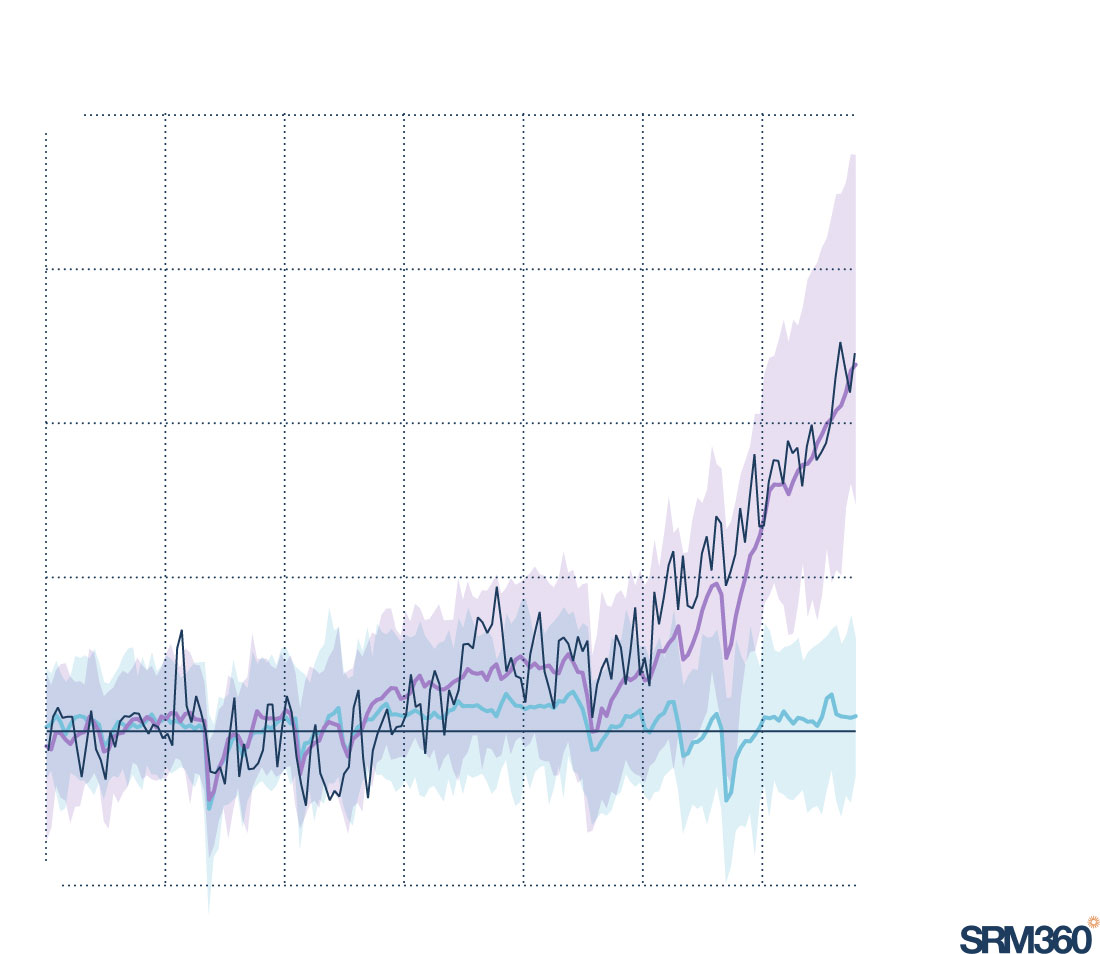
Change in global annual average temperature relative to 1850-1900
2.0°C
1.5
Observed
Simulated human and natural
1.0
0.5
Simulated natural (solar and volcanic)
0
–0.5
1850
1900
1950
2000
Source: IPCC
Los efectos del calentamiento global
Los efectos del calentamiento global se dejan sentir en todos los países y comunidades del mundo, pero especialmente en el Sur Global. Los devastadores incendios forestales avivados por unas condiciones más cálidas y secas se están propagando sin control; las sequías y las inundaciones son más intensas debido al aumento de las temperaturas; los glaciares y el hielo marino están retrocediendo, cambiando los paisajes y los medios de subsistencia. Casi todo el mundo tiene una historia sobre cómo el cambio climático está afectando a su comunidad, debilitando la prosperidad, incrementando la inseguridad y alterando los ecosistemas
Some key impacts of climate change

Food
Rising temperatures and intensified weather extremes will pressure food production systems, undermining food security.
Water
Climate change is impacting water security, increasing both extreme high and extreme low water flows in some regions.
Health
The health risks of extreme heat rise dramatically with warming – in Europe impacts at 3°C could be triple what they are at 1.5°C.
Climate change is changing how diseases like malaria spread, endangering new populations.
Ecosystems
Tropical Coral Reefs will decline substantially by 1.5°C of warming and could be virtually lost by 2°C warming.
At 2°C of warming, up to 18% of species on land could face a very high risk of extinction, and up to 29% at 3°C.
Extreme weather
The intensity of many weather extremes rises with temperatures, e.g., the intensity of extreme rainfall rises by ~7% for every degree Celsius of warming.
Economy
The economic impacts of climate change are expected to rise dramatically with warming.
Security
Climate change increases risks of violent conflict through climate extremes and impacts on water and food security.
Source: SRM360.org

Food
Rising temperatures and intensified weather extremes will pressure food production systems, undermining food security.
Water
Climate change is impacting water security, increasing both extreme high and extreme low water flows in some regions.
Health
The health risks of extreme heat rise dramatically with warming – in Europe impacts at 3°C could be triple what they are at 1.5°C.
Climate change is changing how diseases like malaria spread, endangering new populations.
Ecosystems
Tropical Coral Reefs will decline substantially by 1.5°C of warming and could be virtually lost by 2°C warming.
At 2°C of warming, up to 18% of species on land could face a very high risk of extinction, and up to 29% at 3°C.
Extreme weather
The intensity of many weather extremes rises with temperatures, e.g., the intensity of extreme rainfall rises by ~7% for every degree Celsius of warming.
Economy
The economic impacts of climate change are expected to rise dramatically with warming.
Security
Climate change increases risks of violent conflict through climate extremes and impacts on water and food security.
Source: SRM360.org

Food
Water
Health
Ecosystems
Extreme weather
Economy
Security
Rising temperatures and intensified weather extremes will pressure food production systems, undermining food security.
Climate change is impacting water security, increasing both extreme high and extreme low water flows in some regions.
The health risks of extreme heat rise dramatically with warming – in Europe impacts at 3°C could be triple what they are at 1.5°C.
Climate change is changing how diseases like malaria spread, endangering new populations.
Tropical Coral Reefs will decline substantially by 1.5°C of warming and could be virtually lost by 2°C warming.
At 2°C of warming, up to 18% of species on land could face a very high risk of extinction, and up to 29% at 3°C.
The intensity of many weather extremes rises with temperatures, e.g., the intensity of extreme rainfall rises by ~7% for every degree Celsius of warming.
The economic impacts of climate change are expected to rise dramatically with warming.
Climate change increases risks of violent conflict through climate extremes and impacts on water and food security.
Source: SRM360.org
Además, el mundo puede estar al borde de múltiples “puntos de inflexión climáticos” —como la desestabilización de las capas de hielo— que, de traspasarse, podrían resultar irreversibles y causar daños masivos a las personas y los ecosistemas.
No existe un punto crítico exacto a los 1,5 °C o 2 °C de calentamiento, pero cada décima de grado adicional empeorará la situación. Cada incremento de una décima de grado tiene consecuencias reales sobre las personas y los ecosistemas, por lo que resulta fundamental esforzarse por evitarlo.
La estrategia actual y sus límites
La principal estrategia para mitigar el calentamiento consiste en abandonar progresivamente los combustibles fósiles y disminuir las emisiones provenientes de otras fuentes de emisión de gases de efecto invernadero.
Sin embargo, eliminar las emisiones solo impedirá que empeore el calentamiento global, no lo invertirá. Para devolver las temperaturas a niveles más seguros, el mundo también debe remover cientos de miles de millones de toneladas de dióxido de carbono que ya están en la atmósfera.
Ya se han logrado avances importantes y el proceso de descarbonización está en curso. Sin embargo, los efectos del cambio climático ya se están sintiendo hoy y se intensificarán en las próximas décadas.
Por eso, cada vez son más los científicos y responsables políticos que se preguntan: ¿existen enfoques adicionales que el mundo podría utilizar para reducir los efectos del cambio climático mientras se reducen las emisiones?
Emissions cuts, carbon removal, and SRM
Emissions cuts and carbon dioxide removal (CDR) tackle the root cause of climate change, and sunlight reflection methods (SRM) could limit warming while they work.
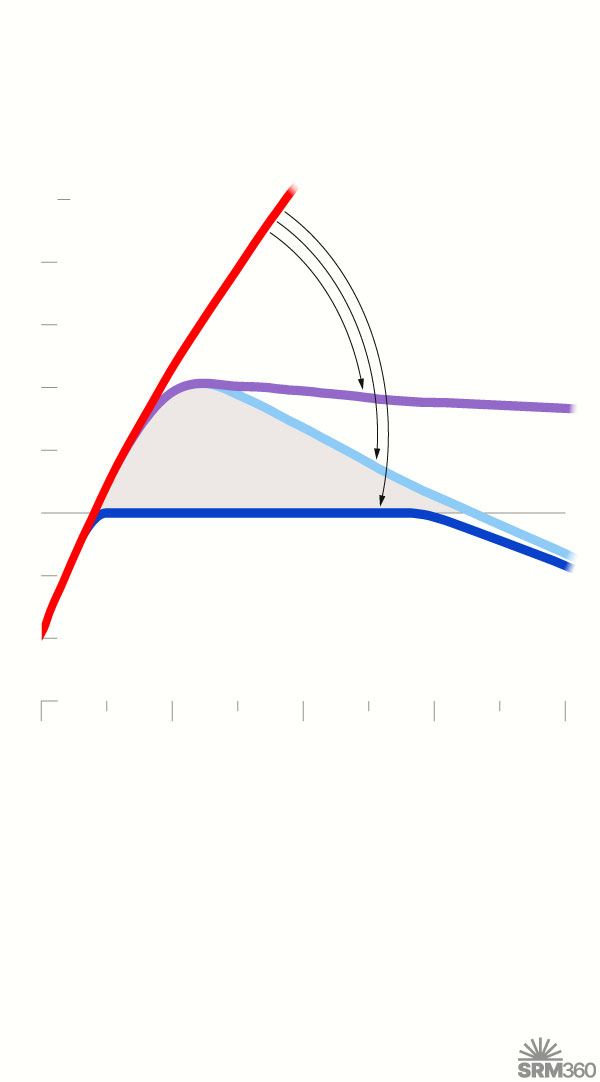
GLOBAL TEMPERATURE INCREASE
No emissions cuts
Temperatures would continue to rise.
Cut emissions
Eliminating CO2 emissions would stop global warming, but not reverse it.
4.0°C
3.5
3.0
2.5
2.0
1.5
1.0
0.5
0
2000
2100
2200
2300
2400
Reflect sunlight
SRM could offset global warming while emissions cuts and CDR work.
Remove carbon
CDR could then slowly lower temperatures.
Source: Based on Boselius et al. (2025), Oxford Open Climate Change
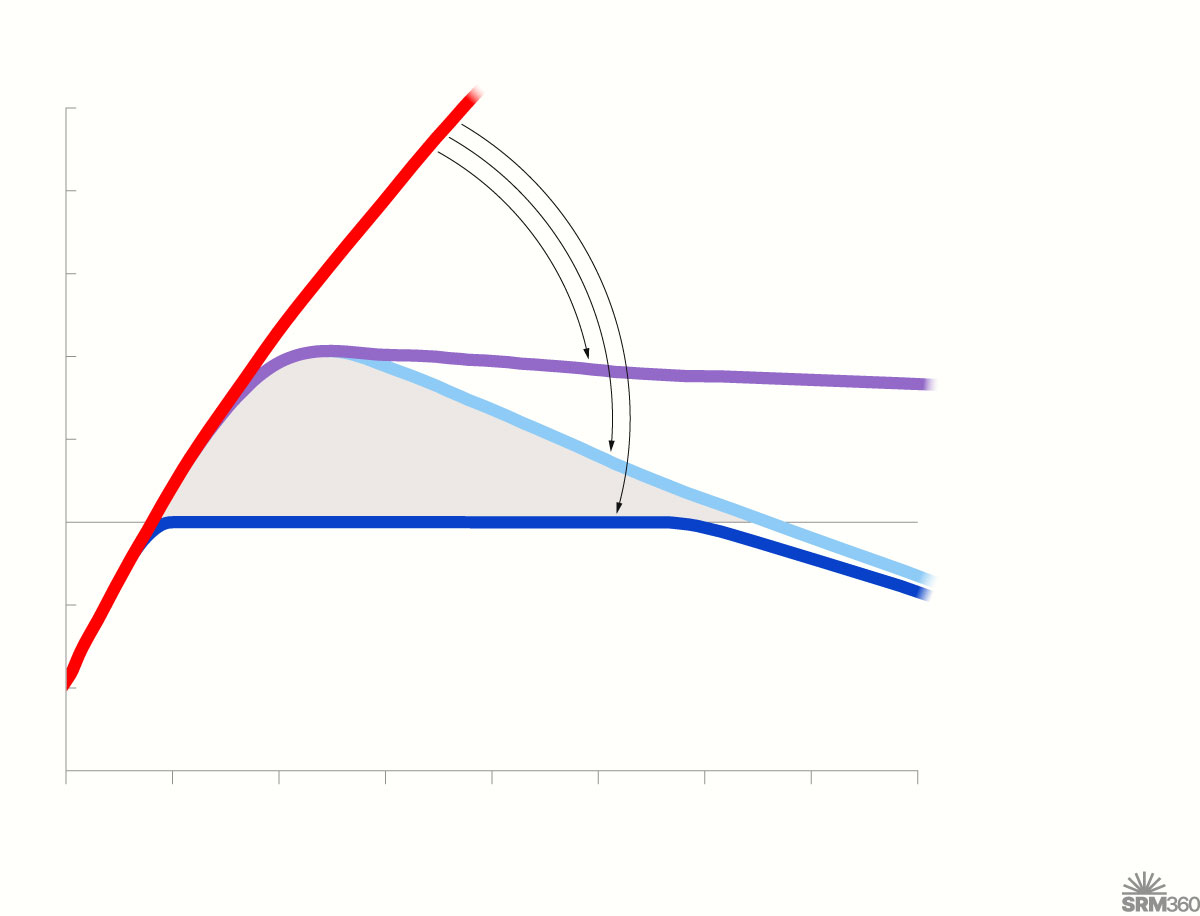
GLOBAL TEMPERATURE INCREASE
4.0°C
No emissions cuts
Temperatures would continue to rise.
CUT EMISSIONS
Eliminating CO2 emissions would stop global warming, but not reverse it.
3.5
3.0
2.5
2.0
REMOVE CARBON
CDR could then slowly lower temperatures.
1.5
REFLECT SUNLIGHT
SRM could offset global warming while emissions cuts and CDR work.
1.0
0.5
2000
2050
2100
2150
2200
2250
2300
2350
2400
Source: Based on Boselius et al. (2025), Oxford Open Climate Change
SRM no puede resolver el cambio climático, pero ¿podría ayudar?
Métodos de reflexión de la luz solar (SRM) —también conocidos como geoingeniería solar o modificación de la radiación solar— describen un conjunto de ideas destinadas a reflejar una pequeña parte de la luz solar entrante para reducir la temperatura global.
SRM aborda diversos enfoques, siendo dos de ellos los más destacados. Un enfoque consistiría en introducir una capa de diminutas partículas reflectantes en la atmósfera superior, mientras que el otro se centraría en incrementar la reflectividad de las nubes oceánicas.
Sunlight reflection methods
Sunlight reflection methods (SRM) are hypothetical approaches to lower global temperatures by increasing the amount of sunlight reflected to space.
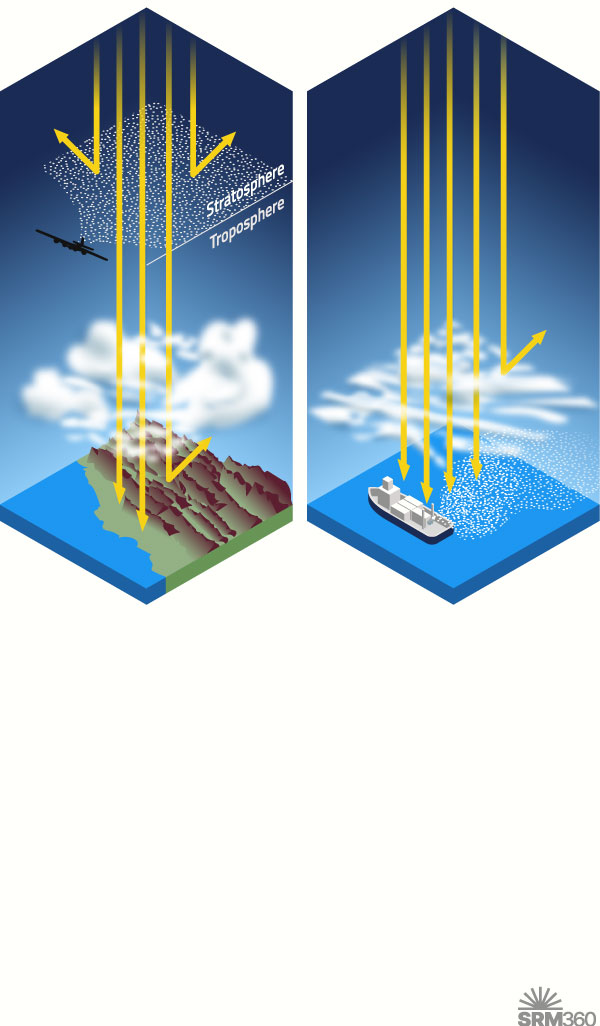
Sunlight
Stratospheric aerosol
injection (SAI)
Tiny particles released in the stratosphere would directly reflect a small fraction of sunlight.
Marine cloud brightening (MCB)
Sea salt particles would be sprayed from ships to enhance the reflectivity of low-lying clouds
Source: SRM360.org
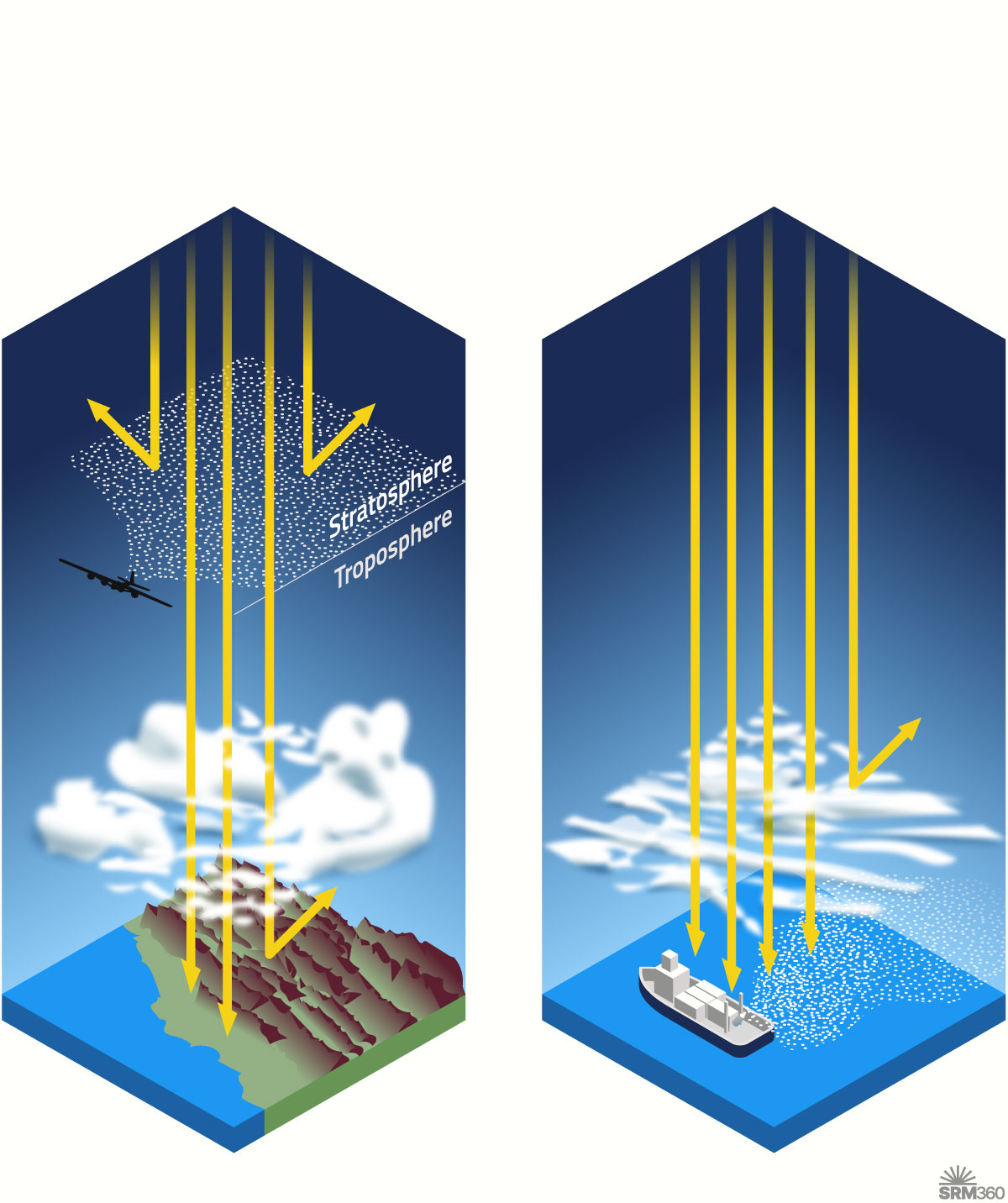
Sunlight reflection methods
Sunlight reflection methods (SRM) are hypothetical approaches to lower global temperatures by increasing the amount of sunlight reflected to space.
Stratospheric aerosol injection (SAI)
Tiny particles released in the stratosphere would directly reflect a small fraction of sunlight.
Marine cloud brightening (MCB)
Sea salt particles would be sprayed from ships to enhance the reflectivity of low-lying clouds
Sunlight
Source: SRM360.org
Aunque ninguno de estos planteamientos constituiría una solución definitiva al cambio climático, los científicos están analizando si podrían mitigar algunos de los riesgos derivados del calentamiento global, mientras se trabaja en las causas subyacentes.
Ninguno de estos métodos se está aplicando actualmente, pero científicos de todo el mundo los están investigando y ya se han realizado algunos experimentos de campo a pequeña escala.
Dado que SRM modificaría el clima a nivel mundial, sus efectos se sentirían en todo el planeta. Esto plantea varias cuestiones éticas complejas que es necesario debatir. Para fundamentar esos debates, es crucial que se entienda en qué consisten estos enfoques, sus riesgos frente al cambio climático y considere los posibles fallos.
Con una comprensión sólida, la comunidad global podrá trabajar hacia una gobernanza más eficiente en la gestión de riesgos estratégicos, ya sea para destacar estas ideas o para profundizar en su desarrollo.
